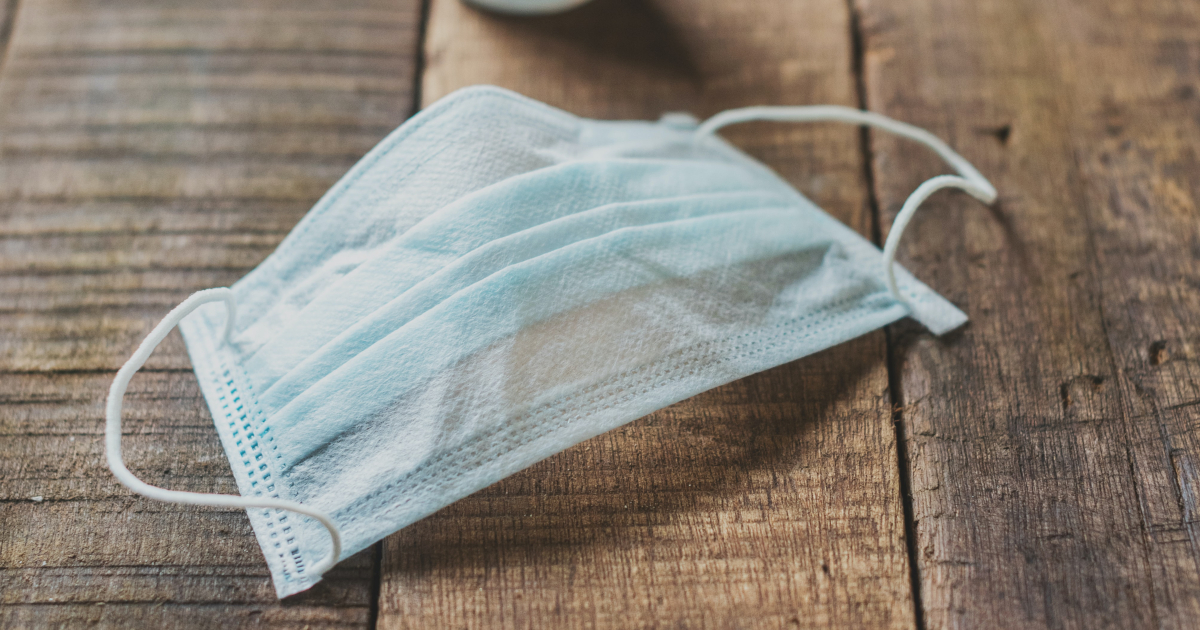239 scientists from 32 countries have penned an open letter to the World Health Organization, urging them to take into account the possibility of the airborne spread of the novel coronavirus. They outline evidence that the virus can spread indoors through aerosols or smaller particles that linger in the air.
The researchers plan to publish said letter as a paper titled “It Is Time to Address Airborne Transmission of Covid-19″ in the journal Clinical Infectious Diseases. They do so in the hopes of compelling the organization to revise its recommendations on the virus.
(Call to develop equitable systems for health in time of COVID-19)
Currently, the WHO holds its stance that the virus is primarily spread by large respiratory droplets expelled by infected individuals through coughs and sneezes that remain on surfaces. As of its latest update on the virus last June 29, the WHO claimed airborne transmission is only possible after medical procedures that produce aerosols.
Only in those instances does the WHO advocate for proper ventilation and the use of N95 masks. Instead, they continue to promote hand-washing as a primary prevention strategy even as the Centers for Disease Control and Prevention now say surfaces most likely play a minor role in spreading the virus.
The paper cites evidence showing that the coronavirus can be spread by aerosols, whether they are large droplets from a sneeze or much smaller exhaled droplets, and infect others when inhaled. This is especially dangerous in crowded or poorly ventilated indoor settings.
Indeed, airborne transmission of the virus would explain a number of “superspreading” events. So why does the WHO stand in such opposition to the possibility?
Co-author Donald Milton, a professor of environmental health at the University of Maryland, explained that the WHO is probably reluctant to endorse this aspect of the virus as it is incredibly difficult to identify tiny infectious particles.
“It is easy to find virus on surfaces, on hands, in large drops,” he said in an emailed statement. “But, it is very hard to find much less culture virus from the air — it is a major technical challenge and naive investigators routinely fail to find it…”
“Because a person breathes 10,000 to 15,000 liters of air a day and it only takes one infectious dose in that volume of air, sampling 100 or even 1000 liters of air and not finding virus is meaningless.”
So far, scientists have not been able to grow the novel coronavirus from aerosols in the lab which leads to the WHO’s belief that they are not infectious. However, Linsey Marr, an expert in airborne transmission of viruses at Virginia Tech, says that should not rule out aerosols as infectious.
She explains that most samples in these experiments are obtained from hospital rooms whose proper ventilation would dilute viral levels. But in most buildings, Marr says “the air-exchange rate is usually much lower, allowing virus to accumulate in the air and pose a greater risk.”
Moreover, Marr states that the WHO is relying on an outdated definition of airborne transmission which necessitates an airborne pathogen to be highly infectious and able to travel long distances.
“We have this notion that airborne transmission means droplets hanging in the air capable of infecting you many hours later, drifting down streets, through letterboxes and finding their way into homes everywhere,” said Bill Hanage, an epidemiologist at the Harvard T.H. Chan School of Public Health.
Hanage calls this way of thinking as “profoundly stupid.” While experts agree that the coronavirus does not behave this way, it has been shown to be most infectious when people have prolonged contact at close range, especially indoors — which is exactly what scientists expect from aerosol transmission.
What does this potential discovery mean for people? There should be no cause for alarm, as long as containment practices are properly altered.
“There is no reason for fear. It is not like the virus has changed. We think it has been transmitted this way all along,” said Jose Jimenez, a chemist at the University of Colorado who signed the paper. “Knowing about it helps target the measures to control the pandemic more accurately.”
Said measures would include the wearing of masks indoors, better ventilation systems in buildings, and using ultraviolet lights to kill viral particles.
Even in the face of lacking evidence, experts call for the WHO to practice a “precautionary principle” or “needs and values.” This means that the agency should assume the worst of the virus in order to recommend the best protection possible.
“There is no incontrovertible proof that SARS-CoV-2 travels or is transmitted significantly by aerosols, but there is absolutely no evidence that it’s not,” said Dr. Trish Greenhalgh, a primary care doctor at the University of Oxford in Britain.
“So at the moment we have to make a decision in the face of uncertainty, and my goodness, it’s going to be a disastrous decision if we get it wrong,” she said. “So why not just mask up for a few weeks, just in case?”
What do you think about this?
Do you have a story for the WhenInManila.com Team? Email us at story.wheninmanila@gmail.com or send us a direct message at WhenInManila.com Facebook Page. Interact with the team and join the WhenInManila.com Community at WIM Squad! Join our Viber group to be updated with the latest news!





